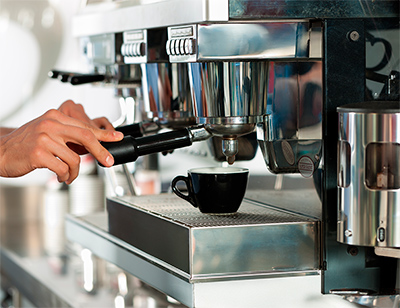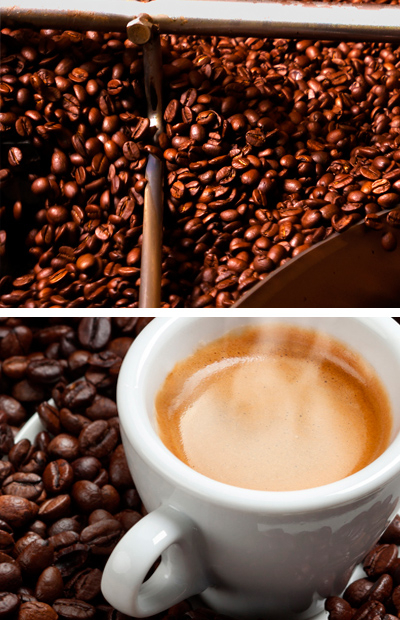Tips for baristas

Only few baristas can call themselves professional. The professional barista must keep under control many things at the same time, from customer satisfaction to the hygiene of the place, but above all, to the quality of the espresso. To obtain a good "Espresso" it takes a lot of passion, which translates into greatest attention to detail and care for the coffee machine and all other tools.
Once the grinding is in place you must always pay attention to how and in how long the coffee goes down. A coffee that descends quickly will be “under extracted” and will have a poor taste and aroma, little body with a pale cream and many in bubbles. On the contrary, a coffee that never goes down will be "over extracted", therefore bitter, with a dark cream and a white spot indicating where the last drops of "carbonized" coffee have dropped.

In these cases, it is necessary to check the grinding, the dose dispensed, calibrate the pressing and check that all the parameters of the machine are correct, including the cleaning of the equipment. These suggestions must be translated into a series of rules which, once learned and stored, must be constantly applied.
IT'S IMPORTANT TO KNOW THAT:
(A) A look at the coffee beans can make us understand the quality of the product. The very small and broken beans are a symptom of a poorly selected coffee and therefore low-rated. The colour of the roasting can also provide important messages such as incomplete roasting or, on the contrary, excessive roasting.
(B) When the coffee brewing process is not satisfying (too slow - too fast), the cause is often to be found in the grinder. Grinding makes the coffee beans smaller in order to allow the water to extract the substances better. In order to grind your espresso coffee correctly, you need to find the right grinding point. If the grinding is too fine, the water would take too long to pass, it would extract all the substances but staying there too long would burn the coffee. The result would be a burnt coffee with bitter taste and with thin and very dark cream.
If the grinding was too thick, the water would pass too quickly and would not extract all the substances in the coffee. The result would be a cup with pale cream and a watery taste with little body.
If using a traditional professional espresso machine, the espresso can be considered well extracted when it extracts a cup of 25 (cl) in about 22/28 seconds. At that point we should have an espresso with hazelnut cream with darker shades, full body and an intense aroma. A real Italian espresso should not only be well ground but also pressed to perfection.

(C) Sometimes it is completely neglected to clean the upper edge of the filter before attaching it to the group. This does not allow a total adherence between filter and gasket. For this reason, the gasket wears out faster. So sometimes you may find drops of coffee on the walls of the cup, and there is nothing more unprofessional than serving coffee in a dirty cup.
(D) Occasionally you will be served a coffee with a perfect body and cream, but when you taste it you realize that the temperature of the cup is too high. While waiting for the temperature to drop, the cream vanishes (the best in 3 minutes but even less is enough) and the aroma is lost. Check that the temperature of the cup is always around 45°.
(E) The dose of coffee in the filter should be as perfect as possible. If the amount of coffee is too small the espresso in question will be different from the others, or worse, all espressos will be different from each other. A good calibration and a periodic check of the dispenser will ensure that all espressos have the same taste.
(F) In bars you are sometimes asked for an American coffee or a large cup. The worst thing you can do is fill the cup with coffee dispensed by the group. After 25 ml of coffee, which can reach 35 if the customer requests a very long coffee, the substance emitted from the spout of the filter holder changes type, making the drink less and less "drinkable". It would instead be advisable to make a good espresso, perhaps double if the customer requests it, then top it up with boiling water.